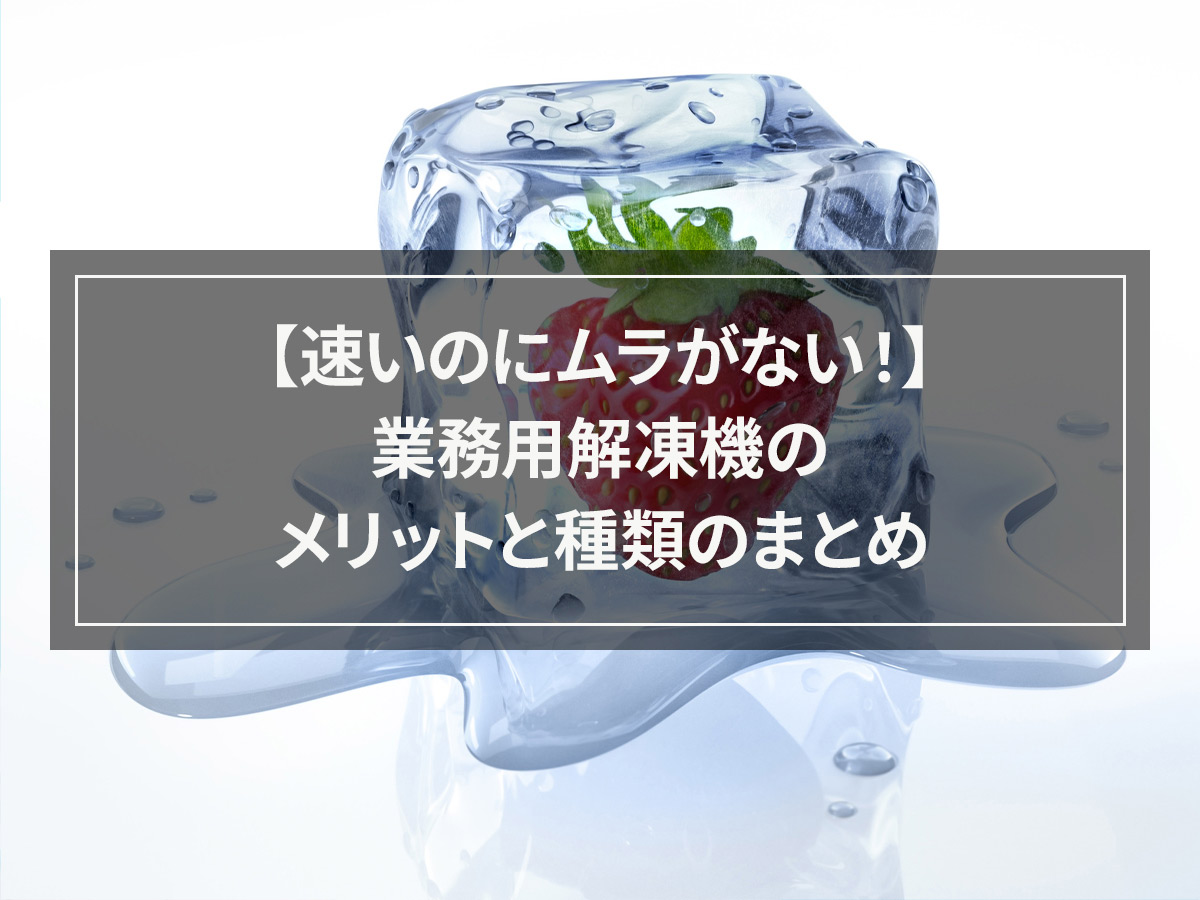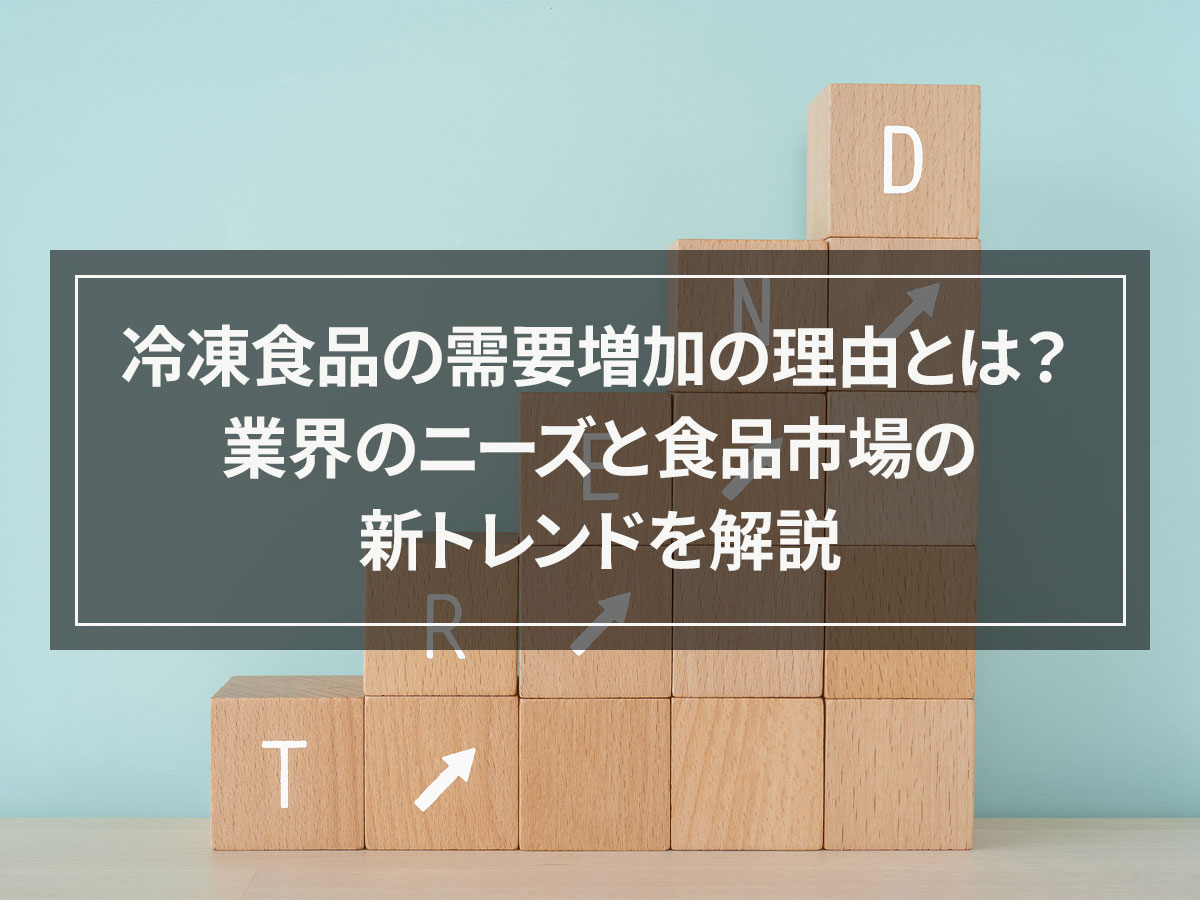Benefits of using rapid and flash freezing technology in central kitchens
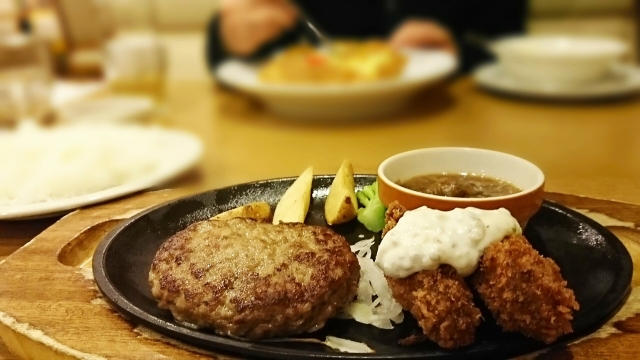
What is a central kitchen?
A Central kitchen is a facility that prepares and serves large quantities of food. This also applies to school lunch centers.
Central kitchens , including hospitals and restaurant chains, are heavily relying on rapid freezing technology.
Using rapid freezing technology in central kitchens offers various benefits, including cost reduction and stable quality.
This give businesses the opportunity to expand their business scope and steadily increase sales while improving daily operations.
However, rapid and flash freezing is still a new technology that is relatively unknown. If you want to take a closer look at the strengths and weaknesses of rapid and flash freezers in central kitchens, we have got you covered.
目次
- 1 What is a central kitchen?
- 2Food and beverage businesses that have a central kitchen
- 3Costs of a central kitchen
- 4 Benefits of having a central kitchen
- 5 Disadvantages of having a central kitchen
- 6 Rapid and flash freezers that helps further improve efficiency
- 7 Central kitchens & rapid freezing- Case studies of use by customers, stores, etc.
- 8 Conclusion
What is a central kitchen ?
Source: https://www.ivy-company.jp/recruit/brand/centralkitchen.html
First, let us explain how a central kitchen works.
A central kitchen is a facility that handles the preparation of food served at multiple locations, such as a school lunch center.
This also includes purchasing ingredients and delivering food. Afterwards, each store/location can serve food by simply heating and serving it.
This is how a central kitchen works.
In some cases, a single store may fulfill this role, and in other cases, a central kitchen may be set up separately from the store.
There are also companies and associations that own central kitchens and provide these services. The association also plays the role of providing meals to disaster-stricken areas.
This leads us to the following question: what kind of stores are specifically incorporating central kitchens?
Food and beverage businesses that have a central kitchen
Recently, the following types of food and beverage companies are increasingly adopting central kitchens.
・BBQ companies that operate multiple stores/restaurants.
・A restaurant that started delivery of lunch boxes as a new sales channel.
●BBQ companies that operate multiple stores/restaurants
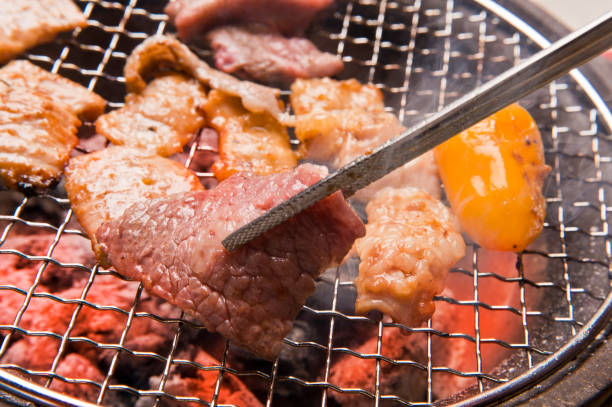
BBQ restaurants with five or more locations often have a central kitchen called a meat center. The meat is cut at the meat center and delivered to each location already sliced and portioned.
●A restaurant that started delivering lunch boxes as a new sales channel
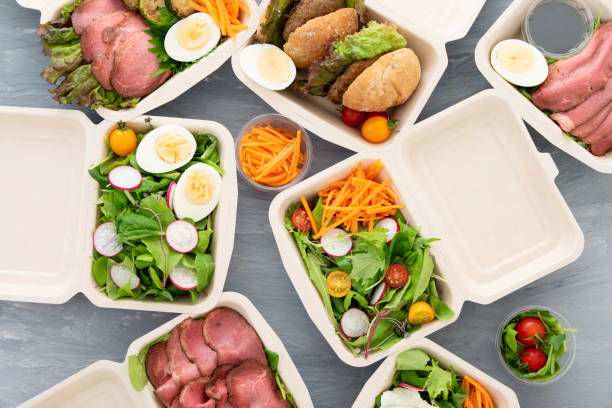
Demand for take-out is increasing due to the COVID-19 pandemic, and more and more existing restaurants are starting to deliver meals. However, there are limits to how much one kitchen can cook and serve food to customers and create lunch boxes for delivery. Therefore, restaurants built central kitchens, where they make and package lunch boxes specifically for delivery. They were able to work more efficiently by separating the workspace for preparing delivery orders from the workspace their existing business.
But, how much does it cost to set up a central kitchen?
Costs of a central kitchen
How much does it cost to set up a central kitchen?

In order to set up a central kitchen, you need large-scale cooking equipment because each location is solely responsible for cooking.
If you don't have space, you may need to build a new central kitchen or purchase/rent a space.
Setting up a central kitchen inevitably costs a lot of money, but the amount varies depending on the scale and direction of your business.
Throughout your business, you need to consult with experts to decide what and how much you will make each day, what kind of equipment you will need, and what kind of layout will allow you to work efficiently.
We can give you an approximate quotation depending on what you want to make, so if you are considering a central kitchen, please feel free to contact us.
There's a reason why many companies choose to go with central kitchens, even if it means spending a lot of money initially.
Next, we will talk about the benefits of having a central kitchen.
Benefits of having a central kitchen
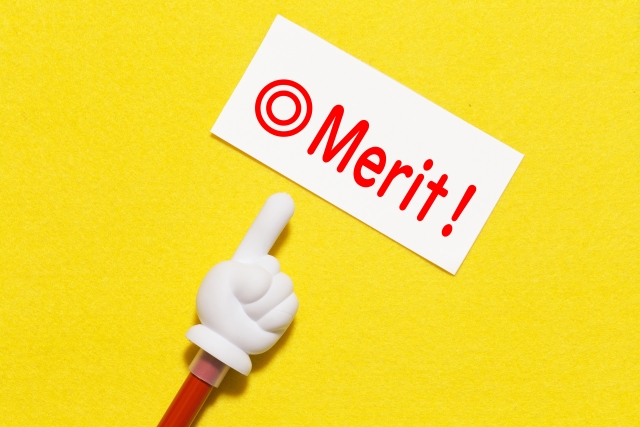
A central kitchen is indispensable for businesses that need mass cooking, and that's why a central kitchen brings many benefits.
First, let's talk about the benefits of having a central kitchen.
There are two main advantages:
⒈ Sales increase
⒉ Cost decrease
It goes without saying, but by achieving these two things, you can realize better profit margins.
Increase sales

Now, let's talk about the first benefit; sales increase.
There are three reasons why central kitchens increase sales:
①Efficiency and manufacturing capacity increase
② Even and consistent food quality
③Better hygiene management
① Increased efficiency and manufacturing capacity
For businesses that are starting to deliver meals as mentioned earlier, there is a limit to the amount of food that can be produced in the kitchen of any existing restaurant or store.
By using a central kitchen to prepare delivery meals and seperating it from the kitchen that prepares food for customers, you can increase production capacity and improve efficiency.
By doing so, you will be able to secure a new and independent sales channel through meal delivery.
Sales can be expected to increase greatly by increasing capacity through improved manufacturing efficiency.
② Even and consistent food quality
Do you feel that food differs from location to location of the same chain restaurant/ store?
By preparing food in the same central kitchen, you can reduce variations in taste between stores. This makes it possible for all restaurants to offer food that maintains the same quality level.
You can enjoy the same taste no matter which store you visit, which tends to improve customer fidelity.
Having the taste of the food served be consistent is an important factor in increasing sales.
Stable quality also brings benefits to hospitals, by being able to provide hospital food tailored to each symptom etc.
③Better hygiene management
Since cooking is concentrated in one location, thorough hygiene management in the central kitchen will also reflect on the level of hygiene of your stores.
Customers with small children are especially concerned about hygiene.
By strengthening hygiene management, customers can enjoy their food without any worry or concern, which will lead to increased customer satisfaction.
As the number of fans of the store increases, the frequency of customer visits will increase, so strengthening hygiene management will also be a factor in increasing sales.
By using a central kitchen, you can achieve the above three effects, and as a result, your store's sales can increase.
Cost decrease
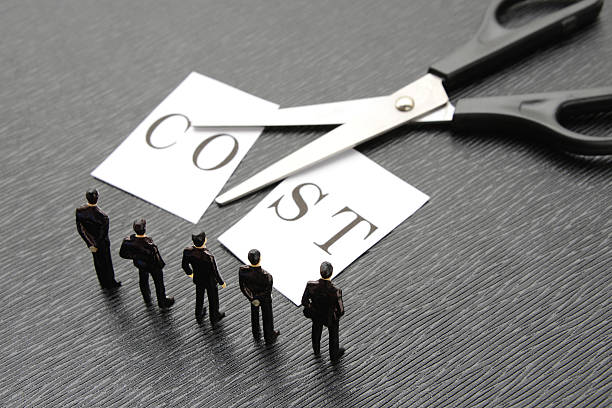
Now let's talk about the second benefit, cost reduction.
There are two main ways for a central kitchen to reduce costs:
①Labor costs reduction
②Operational costs reduction
①Labor costs reduction
Often, you hire part-time workers who work early in the morning to prepare the food. Many shops charge extra wages for early morning hours, and the cost tends to pile up quickly.
By preparing food in a central kitchen and then delivering it to each store, you can reduce the time spent preparing food in the early morning.
In addition, increasing work efficiency reduces work hours and labor hours, making it possible to minimize the number of personnel required for each store.
②Operational costs reduction
The central kitchen prepares food for multiple stores at once, which means that ingredients will be purchased in bulk and naturally, the price for the ingredients will be lower.
This helps keep costs down.
As purchasing prices have become cheaper, restaurants can offer food at lower prices than before to differentiate themselves from their competitors.
These two factors make it possible to reduce costs.
By utilizing central kitchen, you can increase sales and reduce costs, which in turn allows your business to make a bigger profit.
Preventing information leaks
There are other benefits besides increasing sales and reducing costs. This one is related to information leaks
Cooking methods and recipes are often trade secrets.
The risk of information leaks increases as the number of locations and employees increases.
By handling most of the cooking in one central kitchen, the number of people involved in the process can be minimized, reducing the risk of recipes and cooking methods being shared and leaked.
However, there are some points that you need to be aware of when using a central kitchen. Let's take a look at the disadvantages and problems of central kitchens.
Disadvantages of having a central kitchen

The use of a central kitchen has been proven to have various benefits. However, there are some disadvantages if you are not able to utilize it efficiently.
There are three main problems and disadvantages of central kitchens.
Increased food waste during operations
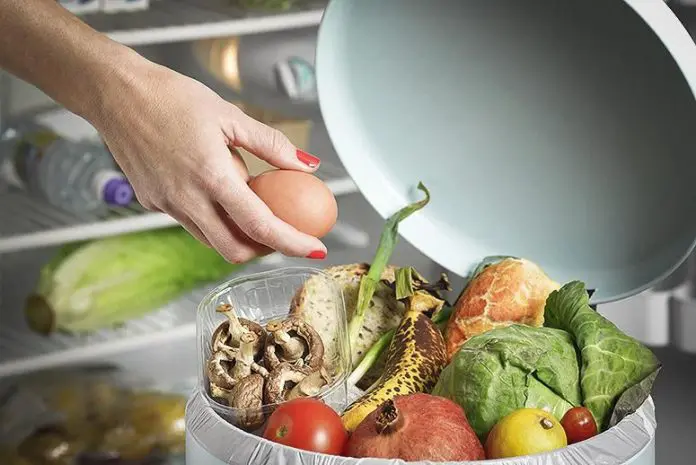
Source: https://www.mylohas.net/2018/09/175676foodloss.html
One possible disadvantage of operating a central kitchen is that it increases food waste.
Some owners found that cooking in a central kitchen results in more food waste than cooking in individual stores, which is a disadvantage.
Compared to cooking after each store receives an order, if a large amount of food is cooked in a central kitchen and then delivered to each store, the number of orders at the store may be lower than the amount produced by the central kitchen.
As time passes, the excess food will be discarded before it can be served to customers.
Furthermore, even if the same amount of food is lost, the cost of loss will be greater. Food loss costs in central kitchens are high.
When cooking at each store, the food waste is the same as the raw materials, so only the cost of ingredients is included.
However, when food is wasted due to cooking in a central kitchen, it includes not only the cost of ingredients but also the labor and utility costs involved in cooking the food.
When the central kitchen is in charge of cooking for each store, it is necessary to be careful not to make too much food and to avoid food waste.
Quality, freshness, and taste deteriorate
In addition to food loss, the disadvantages of a central kitchen include the fact that the quality and freshness of the products decrease.
Compared to cooking at each restaurant, operations using a central kitchen allow for large quantities of food to be prepared and then delivered.
As time passes after cooking, the freshness and quality of the food deteriorates.
Also, since the food is not cooked on the spot, the homemade feel may be lost.
It would be better to do the final presentation and seasoning at the store.
Hygiene management, equipment investment, etc. can be costly
If you operate a central kitchen, it will be responsible for cooking for each store you own, this means that you will need large cooking facilities. Your fixed costs will naturally increase
Before transitioning to a central kitchen, it is necessary to carefully plan your production and consider whether you need one or not.
Those are the major disadvantages of operating a central kitchen.
Central kitchens have disadvantages, such as increased food waste, food quality deterioration, higher costs, and lack of depth of knowledge and experience among store personnel.
Some people may be worried about implementing a central kitchen because of the disadvantages such as food loss and food quality deterioration.
Don't worry, there are ways to mitigate most of the disadvantages that can occur in a central kitchen, such as food loss and food quality deterioration. The solution is rapid freezing.
Rapid and flash freezers that helps further improve efficiency

Source: https://kaden.watch.impress.co.jp/docs/column/lifestyle/1161208.html
When considering a central kitchen for your business, we recommend that you also install a rapid or flash freezer!
There were three disadvantages to the central kitchen.
・Increased food loss
・Food quality deterioration
・Fixed costs increase
The above issues can be solved by rapid freezing.
Transitioning to rapid or flash freezing will address these issues directly.
Let us give you a quick introduction about rapid or flash freezing
Rapid or flash freezing is a method that allows food to be frozen without compromising its quality. With normal freezing, large ice crystals formation (due to slow freezing speed) can destroy food cells. Rapid or flash freezing minimizes cell destruction and allows cells to be restored to their original state even after thawing.
Rapid or flash freezers are usually installed in central kitchens to freeze food immediately after cooking.
Rapid or flash freezing minimizes cell destruction, allowing products to be delivered and stored while maintaining their freshness and quality.
Rapid or flash freezers effectively preserve food and prolonging its sehlf life, allowing for a more efficient planned production, which greatly reduces food waste.
This eliminates the need to worry about operating rates and cost increases.
By implementing rapid or flash freezers this way, most of central kitchens' issues and disadvantages can be addressed adequately.
You can also further increase the benefits of a central kitchen with rapid or flash freezers!
Most professionals consider rapid or flash freezers to be part of any central kitchen's equipment.
Many of our customers who have adopted central kitchens are also using rapid or flash freezers.
*Quoted from Japan Frozen Foods Association
Central kitchens & rapid freezing- Case studies of use by customers, stores, etc.
What stores utilize central kitchens?
There are many examples of businesses that have successfully transitioned to central kitchens utilizing rapid or flash freezing, including sushi restaurants, curry restaurants, hospitals, and restaurants.
Below are some examples of shops that have adopted central kitchens and are using rapid or flash freezers.
① Sushi restaurant
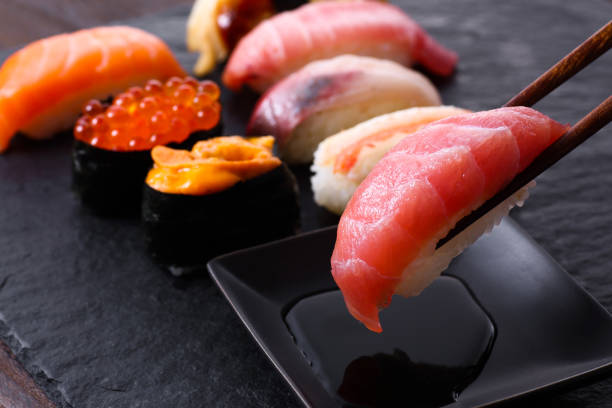
Revolutionizing the way central kitchens work with rapid and flash freezers
Industry: Restaurant, central kitchen
Frozen ingredients: sushi
Issue: long employees working hours because the central kitchen cannot freeze food in time.
First, let's take a sushi restaurant as an example.
The rapid freezers used at the time were performing slowly given the amount the restaurant needed to freeze, so people working in the central kitchen had to work late into the night.
Solution: Upgrading to rapid or flash freezers with better performance.
Effect: Saved kitchen space and froze a 6.25 times higher quantity than before, shortening their working hours.
The amount of food frozen daily has increased significantly, and the freezing speed has also skyrocketed. According to calculations, the amount of food frozen per batch was 6.25 times higher that of the rapid freezers they previously used.
The smaller new flash freezer also freed up more space in the kitchen and made it less cluttered.
Currently, the restaurant purchases fish from wholesalers, cut it into sushi-size pieces in the central kitchen, arrange them one by one in Tupperwares, vacuum package them, and flash freeze them.
The most obvious positive impact this new flash freezer had was that it shortened the working hours.
After purchasing the flash freezer, employees were able to finish their work on time, which led to an improvement in the working environment and staff morale.
②Curry shop
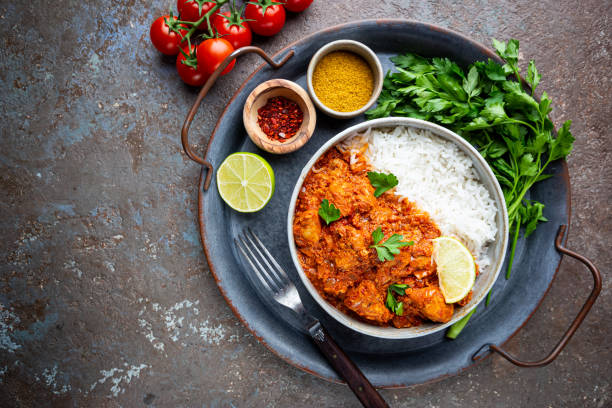
Reducing the burden of shipping from the central kitchen to each curry restaurant!
Industry: Restaurant, central kitchen
Frozen ingredients: curry
Issue: transportation and labor costs are too high for daily deliveries from the central kitchen to each curry restaurant.
Solution: using a rapid or flash freezer in the central kitchen and delivering rapid or flash frozen curry in batches for several days.
Result: curry delivery now only needs to be delivered once every 4 days!
Next example is a curry shop.
For example, this soup curry shop had to deliver the curry they produced every day, so they needed staff and cars to transport the curry.
However, by introducing rapid freezer in the central kitchen, we were able to reduce the burden of curry delivery, increasing our curry menu and reducing the time and labor costs associated with transporting curry.
Using rapid freezing, the shop could cook multiple days' worth of curry and store it in the freezer. Since rapid freezing can maintain the quality of food compared to slow freezing, it has become possible to provide the taste of freshly made curry to each curry shop without compromising its quality.
Also, since this shop offers multiple types of curry roux, the central kitchen used to make multiple types of curry roux every day, but with flash freezing, they started making big batches of the same roux for each day .
As a result, this store now only has to make deliveries once every four days instead everyday, successfully reducing labor costs for deliveries.
At wholesale stores, when an order is received, the curry is thawed in hot water and served to the customer.
Now that customers can enjoy the taste of freshly made curry, has it become more delicious than before? It seems that the curry itself has been well received by customers.
This shop was also able to expand the curry menu, and increasing the variety of curries has led to increased sales.
Other customers who are using a rapid or flash freezer in their central kitchens noticed that :
・By rapid freezing food prepared in their central kitchen, the quality of the food became more consistent .
・You only need to use the amount of food you need when you need it. This minimizes food loss. Many customers have shared positive feedback about their experience with rapid and flash freezers.
However, rapid freezers used by these customers are not all the same.
It is necessary to select a rapid freezer that is appropriate for your food and your pre and post-freezing processes.
DayBreak is a company that specializes in finding the best rapid or flash freezer for you and your business given our large selection of products and vast knowledge.
If you are interested in acquiring a rapid or flash freezer after reading this article, please feel free to contact us.
Summary of central kitchens using rapid freezing
In this article, we discussed the advantages and disadvantages of central kitchens that enable mass cooking.
Using a central kitchen has many benefits, such as stabilizing quality, improving efficiency in cooking and serving, and reducing costs.
Although there were some disadvantages, there is a way to mitigate most of them. Rapid or flash freezing which minimizes food cell destruction.
Both the central kitchen and rapid or flash freezing equipment are systems that are used in multiple shops, restaurants and industries. Why not transition to the new standard of the industry as well?
Please feel free to contact us if you are interested and want to know more about the products we offer.
In the next article, we will discuss the cook-chill system and how rapid and flash freezers are essential to this
Please check out our next article if you want to know more.








![[Storage period increased by 30 times! ] Achieving a stable supply of raw whitebait!](https://shunkashutou.com/wp-content/uploads/2016/11/579c55e6d32e1385c250e8e7c3ed59a71.jpg)
![[Sales increased 100 times! ] rapid freezing the signature menu “Ni-katsu sandwich”!](https://shunkashutou.com/wp-content/uploads/2016/11/IMG_02391.jpg)
![[Horse sashimi] We have significantly reduced waste loss with rapid freezer!](https://shunkashutou.com/wp-content/uploads/2016/11/5fda59d0cbcdabde18e58c3c58c09ed0.jpg)




![[Storage period increased from 3 days to half a year! ] Restaurants are expanding their business using wholesale and mail order!](https://shunkashutou.com/wp-content/uploads/2018/04/66c19942ab4ba346fdb64ccc04cde373.png)
![[Reduce loss from 200 kg of oysters to zero] Improve loss and expand business with rapid freezer](https://shunkashutou.com/wp-content/uploads/2018/06/19785ca583a8d3c4041c7c192d041b0d.jpg)












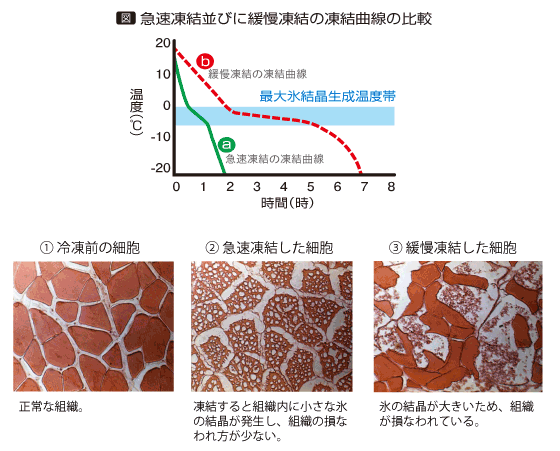


![[Can it be frozen? ] How to freeze dried daikon radish and arrange recipes!](https://shunkashutou.com/wp-content/uploads/2023/09/84f89f802d6869949972432e7b3be19c.jpg)
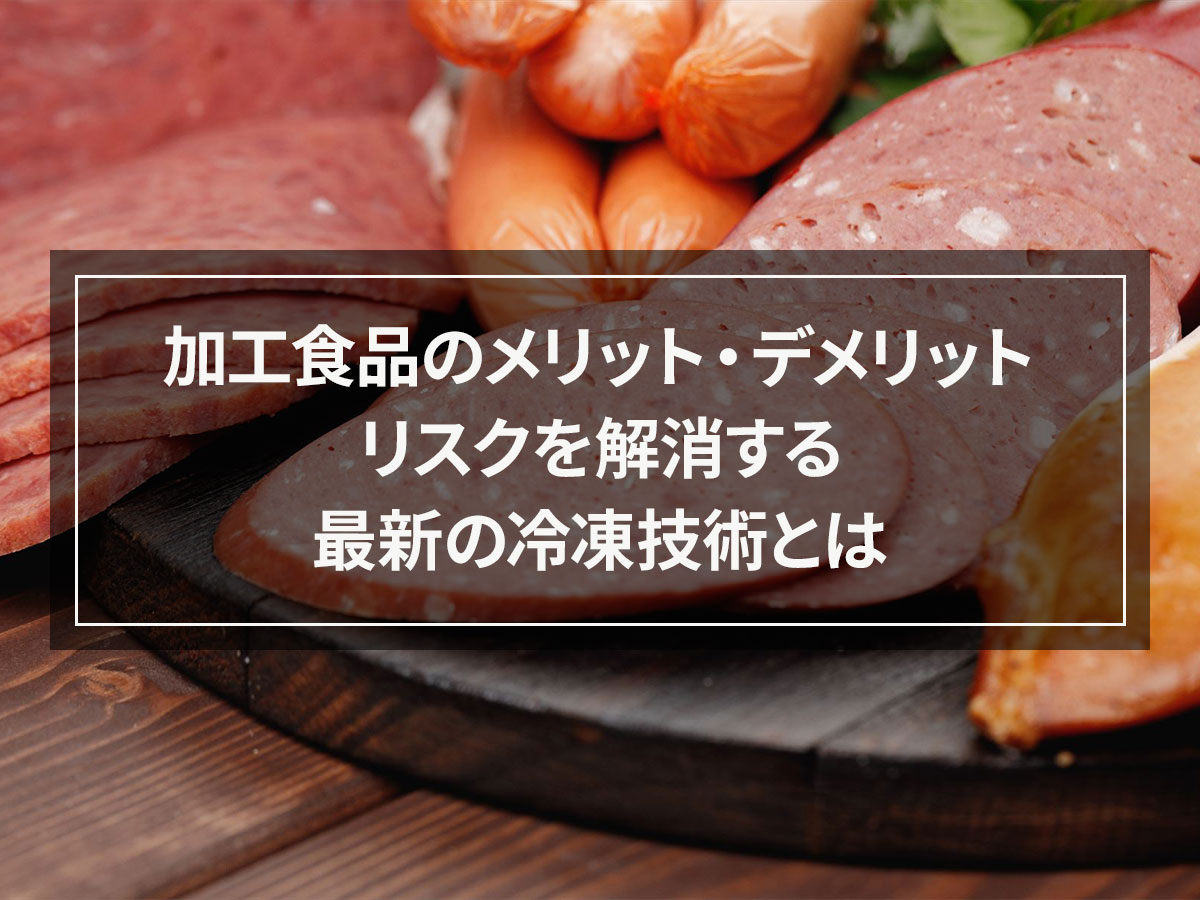
![[Can it be frozen? ] 5 recipes for yogurt freezing and shelf life!](https://shunkashutou.com/wp-content/uploads/2023/10/yogurt-catch-768x512-1.jpg)
![[Improve customer satisfaction] What can be solved by introducing rapid freezer at a lunch box delivery company for the elderly?](https://shunkashutou.com/wp-content/uploads/2016/08/dummy-related_02.jpg)
![[Explanation with photos! ] How to freeze mackerel fillets and 5 carefully selected recipes!](https://shunkashutou.com/wp-content/uploads/2023/10/bf45f102162a8d43387d3a8d3e538034.jpg)
![How to freeze sweet potatoes, storage period, and 5 recipes! [Explanation with photos! ]](https://shunkashutou.com/wp-content/uploads/2023/10/36256af24531b73a036523ba73bdf9ec.jpg)
![[Nutrition remains the same! ? ] Introducing how to use frozen vegetables and recommended recipes](https://shunkashutou.com/wp-content/uploads/2023/10/vegetables-reito-1-1-768x511-1.jpg)
![Freezing garlic, storage period, and 5 recipes! [Explanation with photos! ]](https://shunkashutou.com/wp-content/uploads/2023/10/30693b4b122ff6c57afff367b35bc861.jpg)

![[Labor shortage]The benefits with examples of using rapid freezer](https://shunkashutou.com/wp-content/uploads/2019/04/hitodebusoku-article-main_pc.jpg)
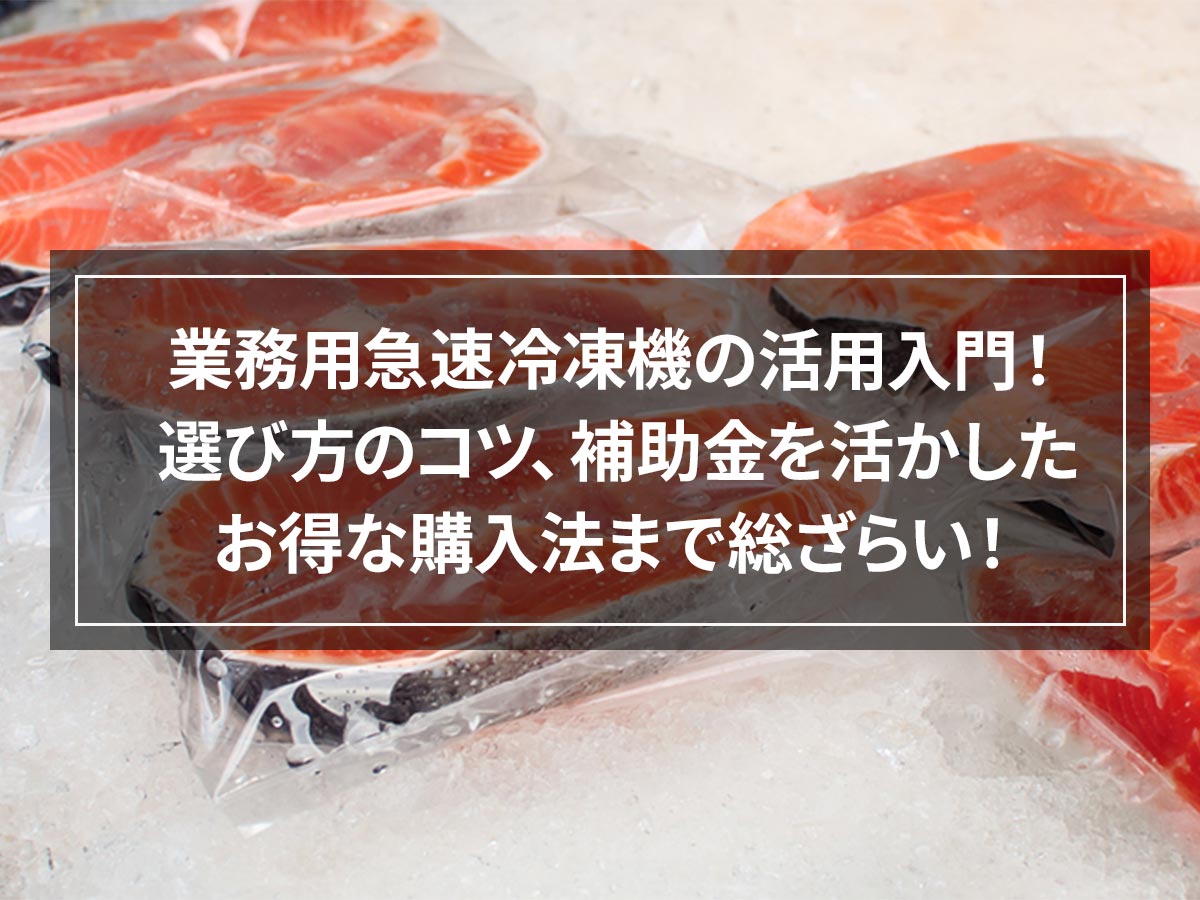
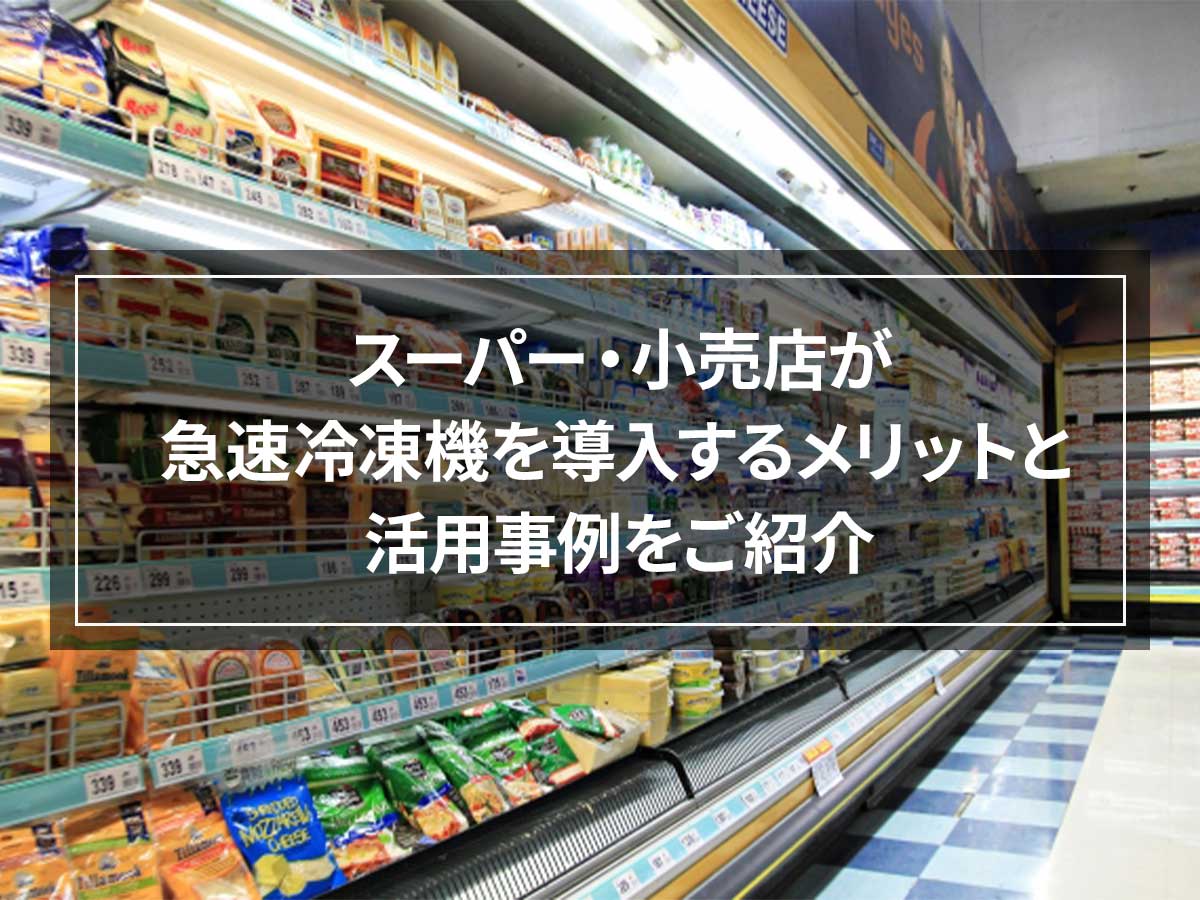

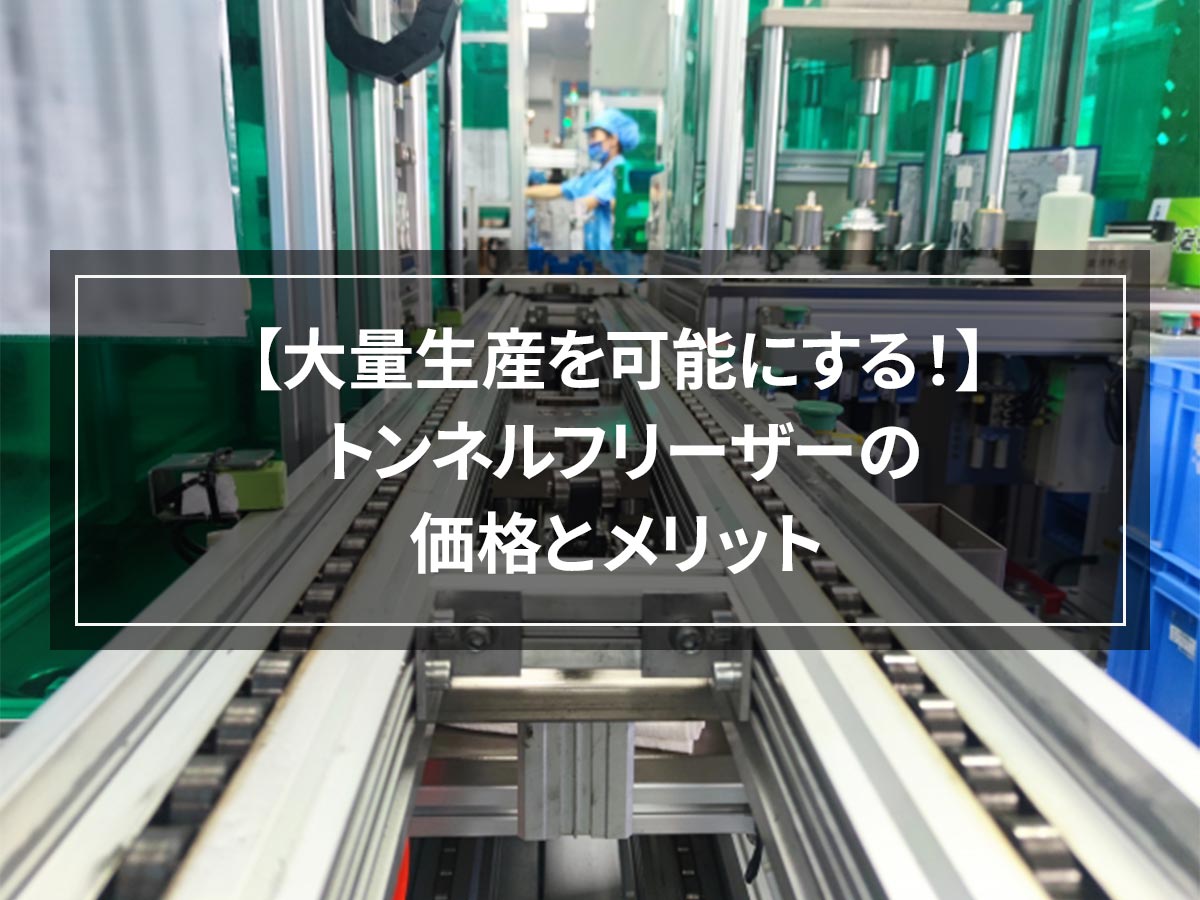
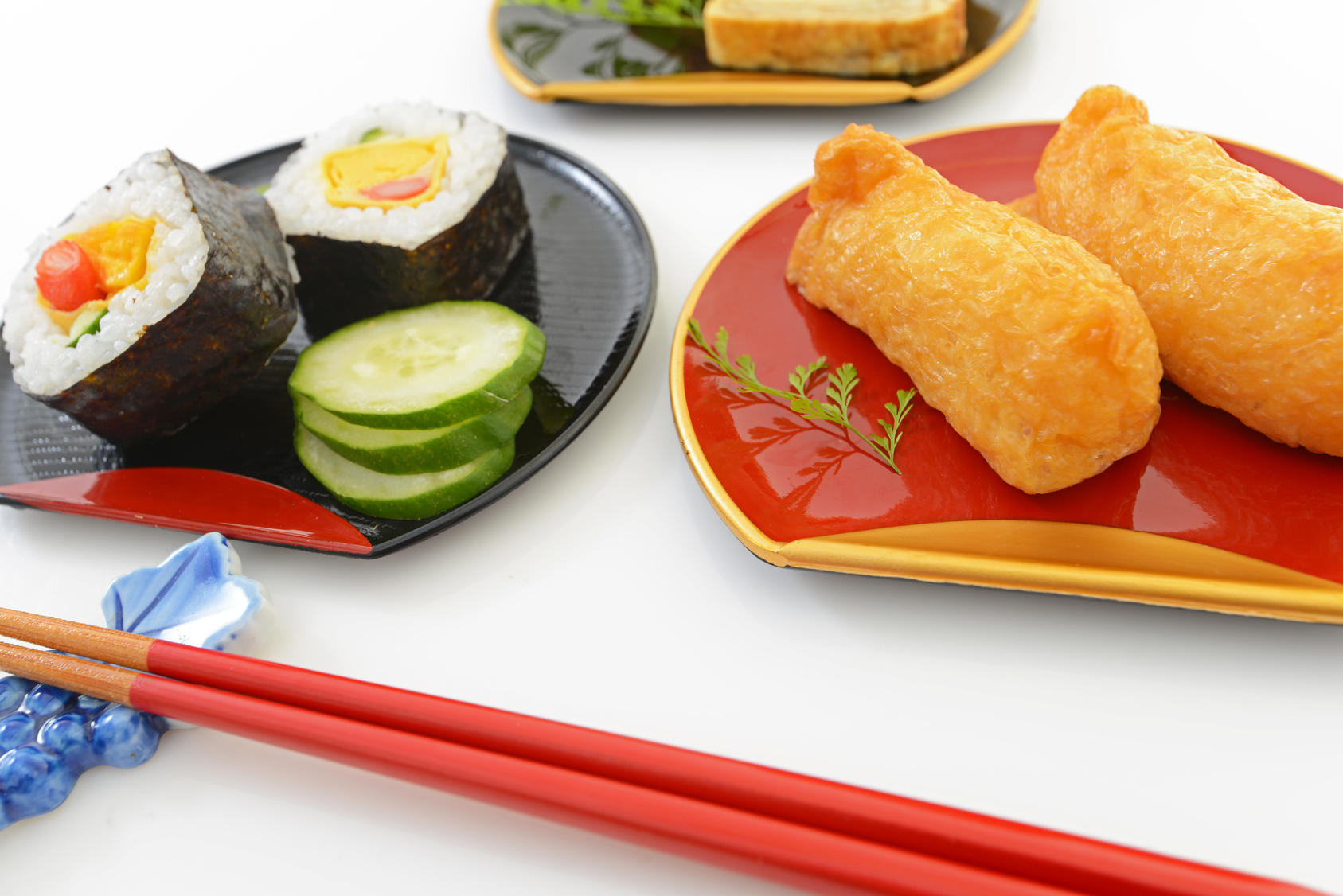
![[Food/processing manufacturers] Advantages and success stories of introducing rapid freezer](https://shunkashutou.com/wp-content/uploads/2015/05/jirei_kakou_img_01.jpg)
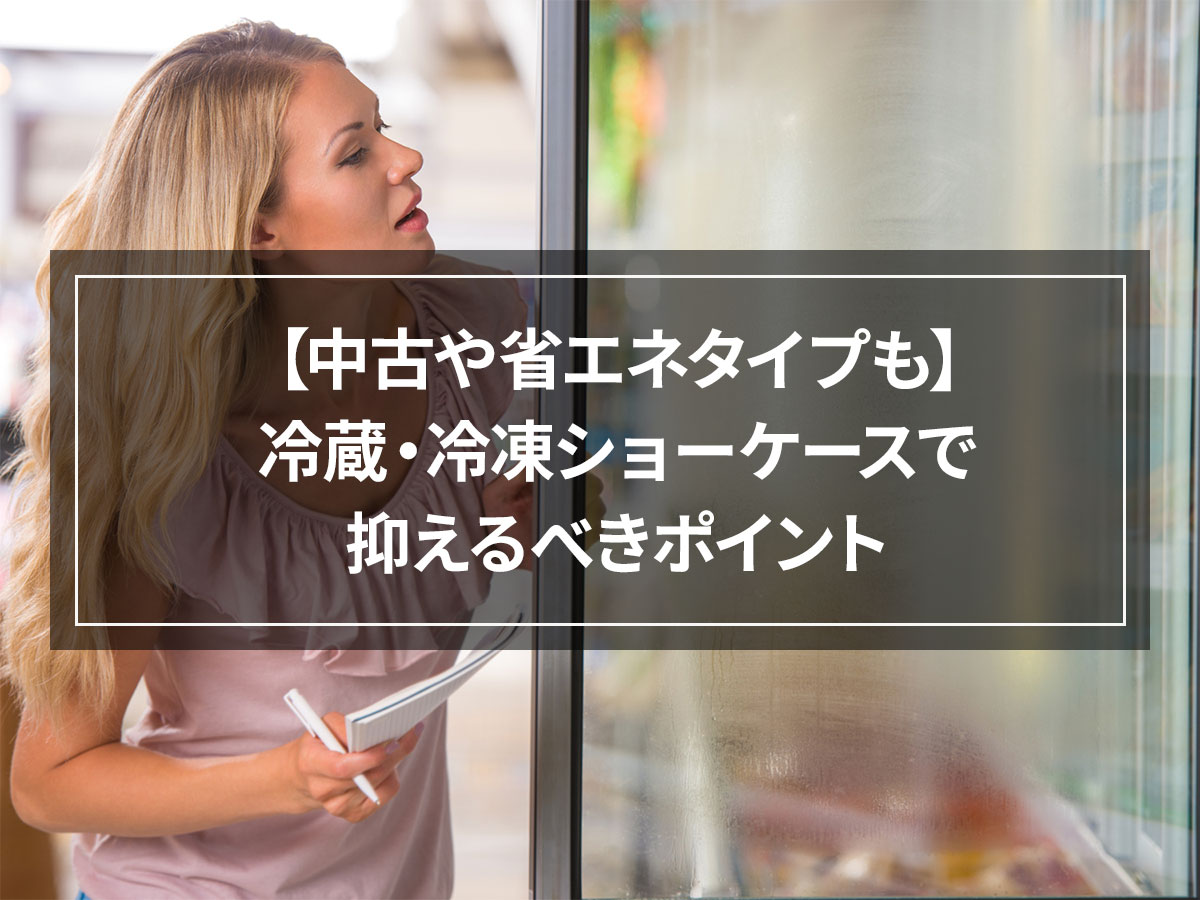
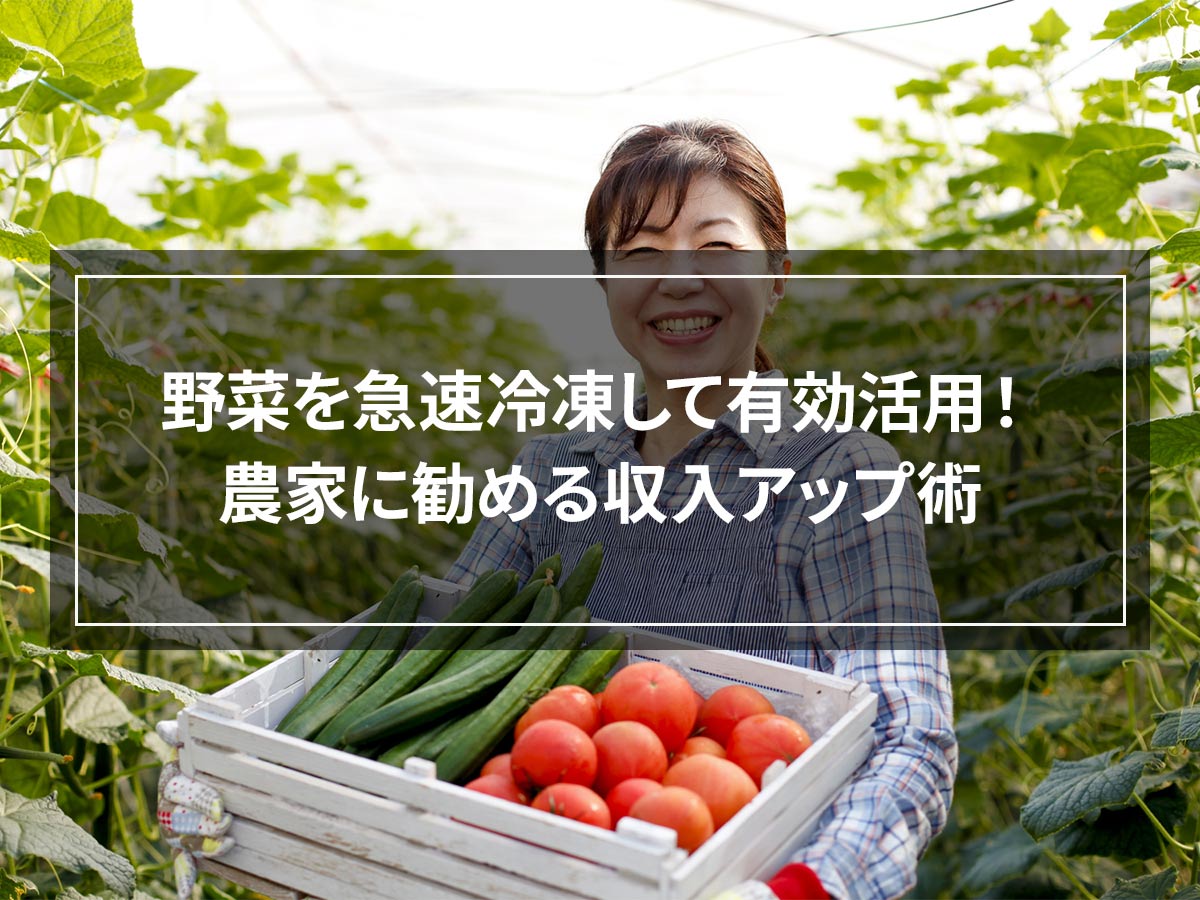

![[Explanation of functions and issues] What is partial freezing, which slightly freezes food?](https://shunkashutou.com/wp-content/uploads/2017/04/ccae917b4f7af5ace617f93280a58247.jpg)
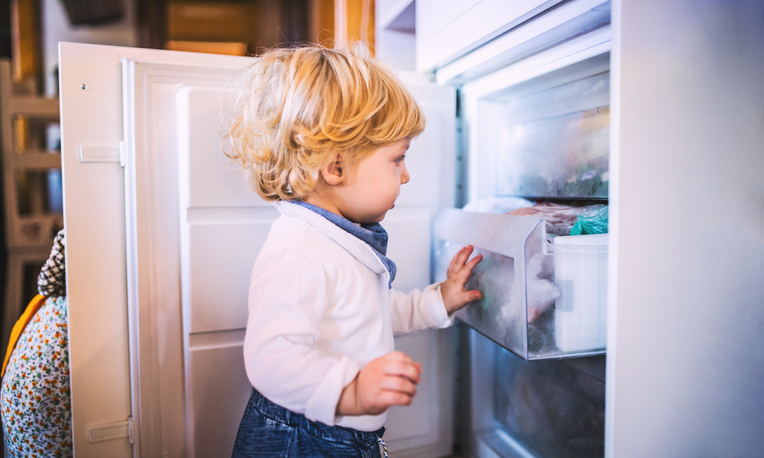
![Types of rapid freezer and purchasing points! [Examples of failures in machine selection! ? ]](https://shunkashutou.com/wp-content/uploads/2015/04/e68b2ac878e110c2a4639a33271057d1_s-1.jpg)
![[Many repeat customers! ] Increase sales by mail ordering our proud curry by rapid freezing!](https://shunkashutou.com/wp-content/uploads/2018/08/S__295895302-863x10241.jpg)
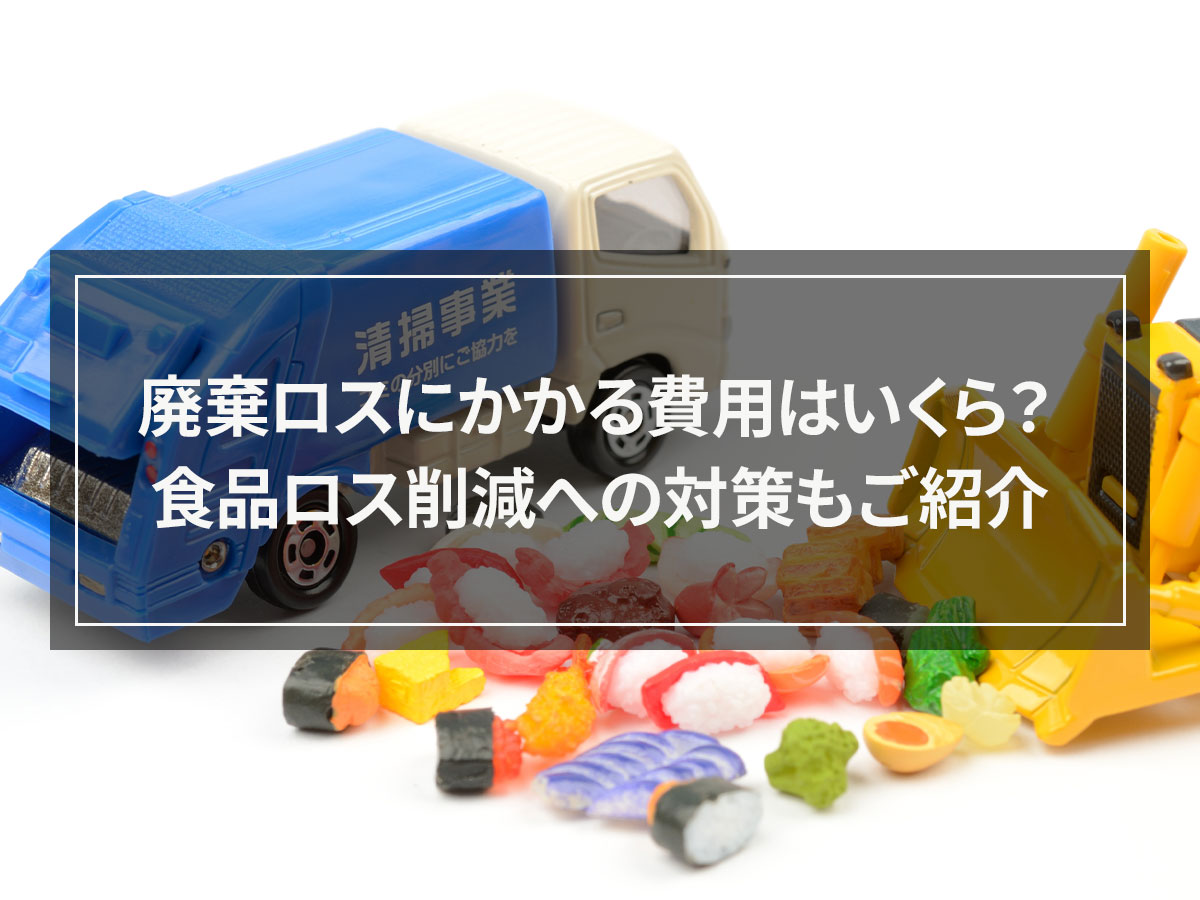
![[Be good at saving money! ] Introducing the method and recipe for freezing fried rice](https://shunkashutou.com/wp-content/uploads/2023/10/mayo-tyahan-1024x768-1.jpg)
![[With photos] Lemon freezing and storage period, recipes for how to use frozen lemons](https://shunkashutou.com/wp-content/uploads/2023/09/21a01b705aff194717e200bf6dc6ce5b.jpg)
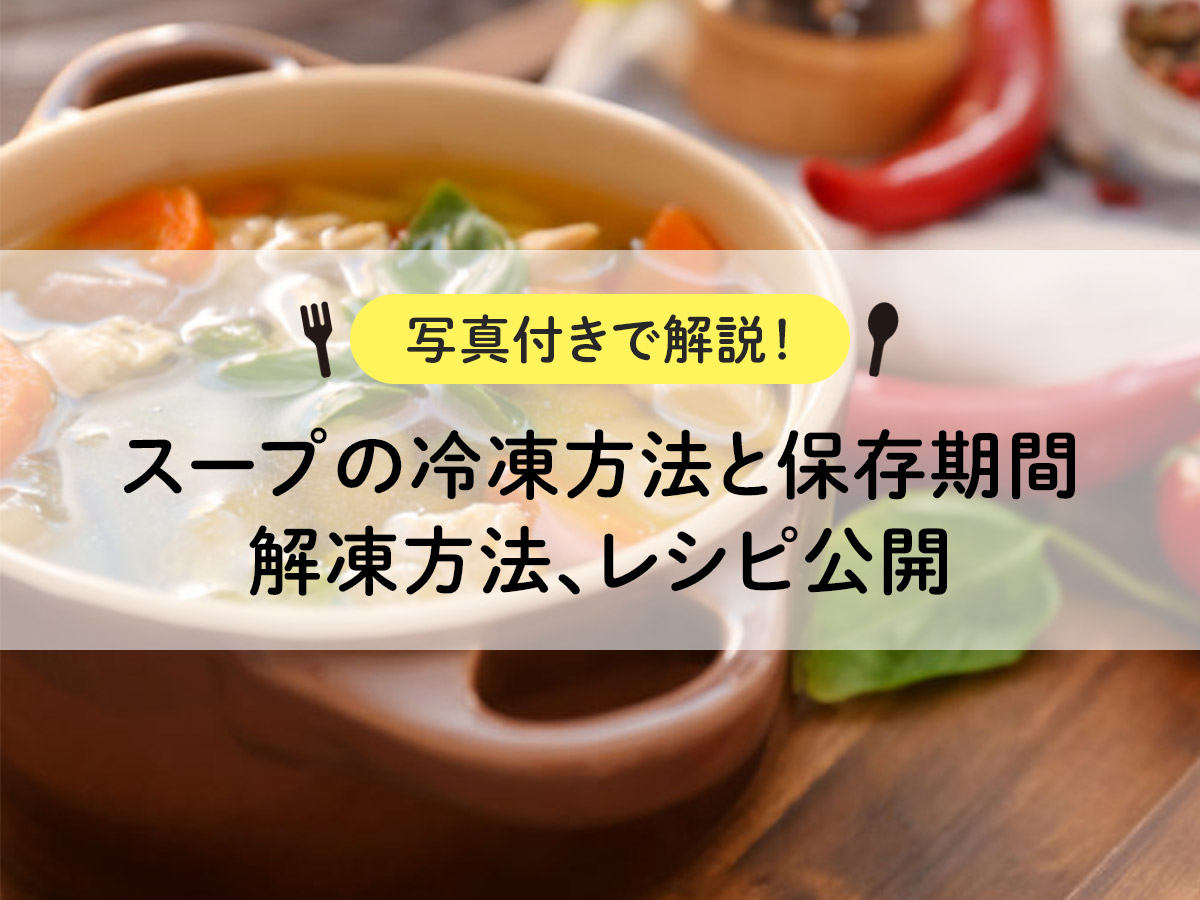
![[Can it be frozen? ] Introducing the recipe and how to freeze potato salad!](https://shunkashutou.com/wp-content/uploads/2023/10/3c640cd23d65764c14f701d25970ed59.jpg)
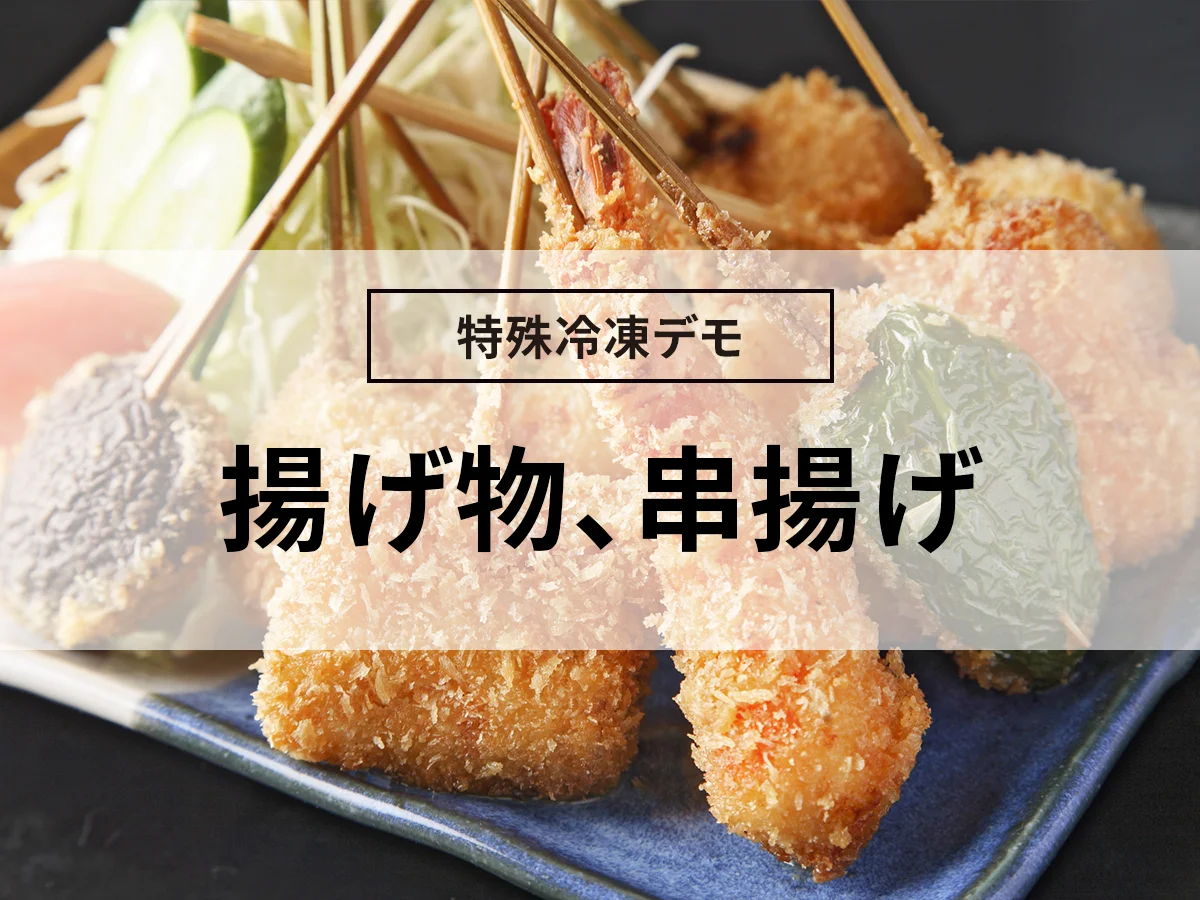
![[Explanation with photos! ] Shiitake mushroom freezing method and storage period, 5 recipes](https://shunkashutou.com/wp-content/uploads/2023/09/shiitake-768x512-1.jpg)
![Explanation with photos of how to freeze miso soup and how to make miso balls [Carefully selected recipes]](https://shunkashutou.com/wp-content/uploads/2023/09/83d5bdbdcb7303dde33d5cf227b5ee9c-1.jpg)
![[Great at sushi restaurants! ] How to increase sales by rapid freezing sushi](https://shunkashutou.com/wp-content/uploads/2016/04/0d3e7f8a3cefa0aefe0a8452e414db21.jpg)
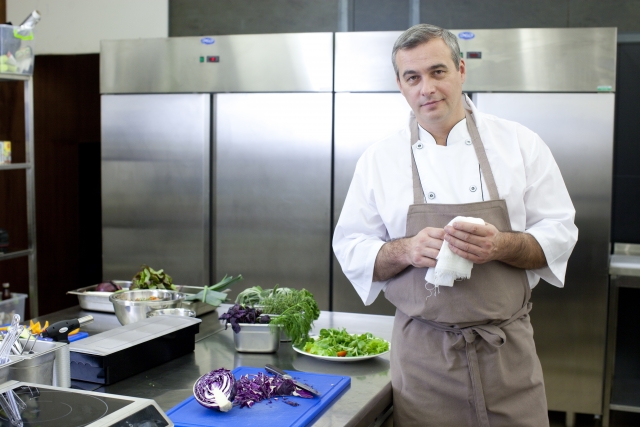
![[For maintaining food quality!] Three functions you should know about constant temperature and high humidity storage](https://shunkashutou.com/wp-content/uploads/2015/10/krefrigerator.jpg)
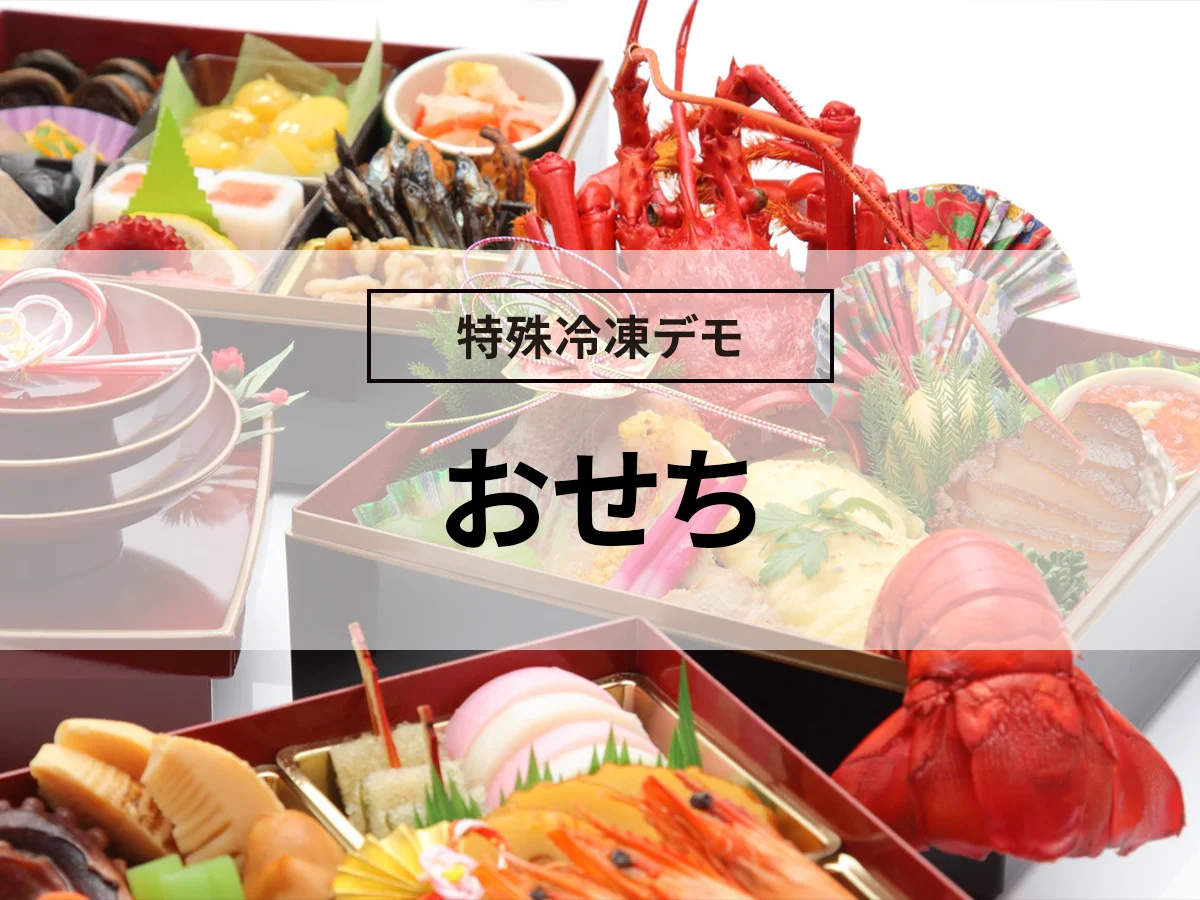
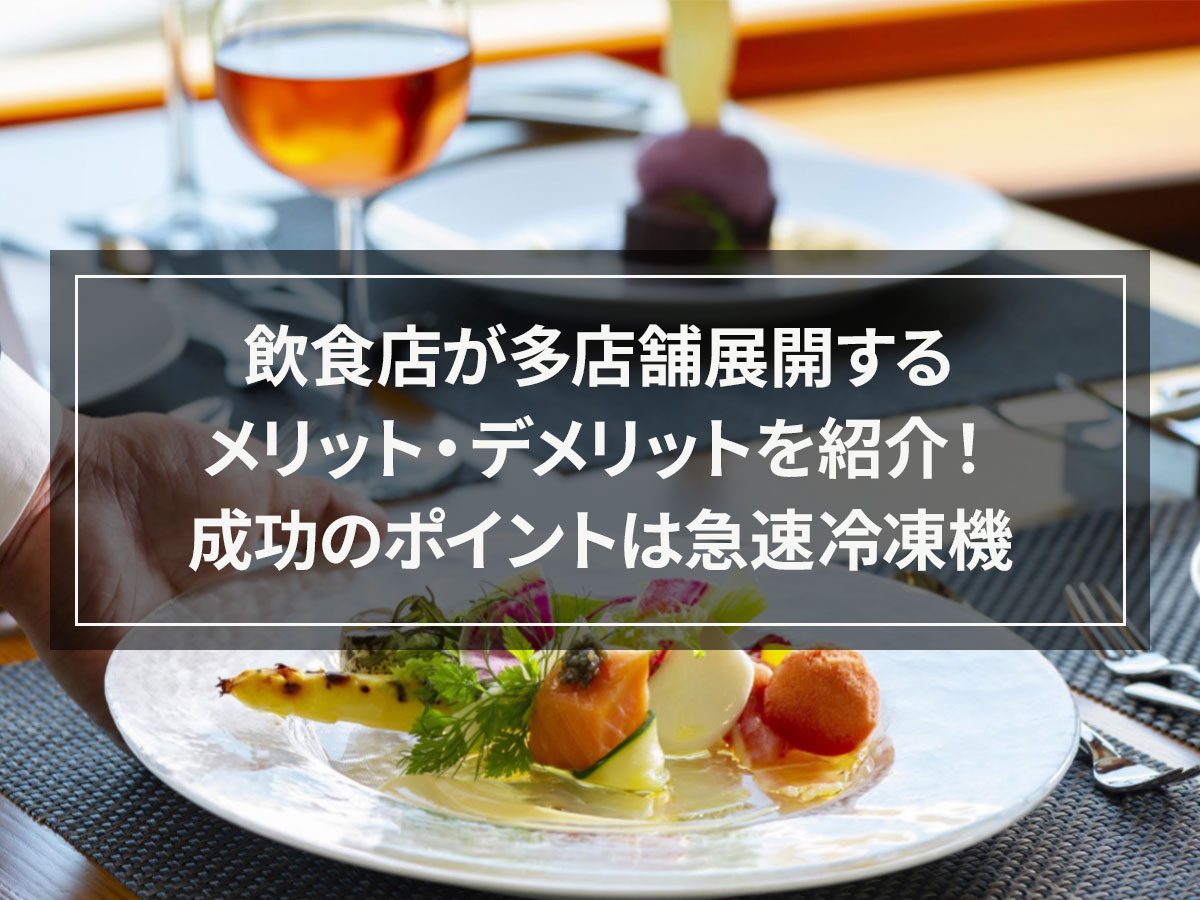
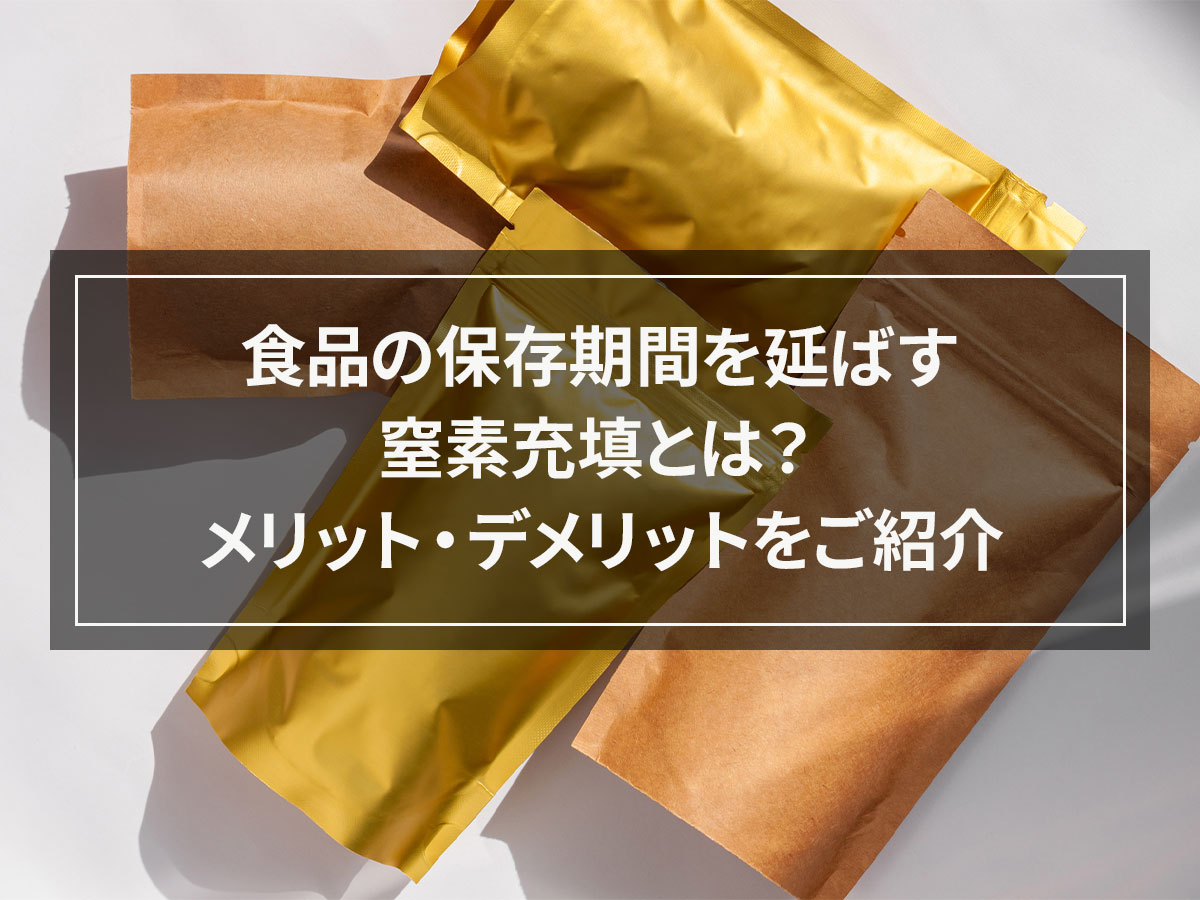
![[Freezing Neapolitan] rapid freezing demonstration](https://shunkashutou.com/wp-content/uploads/2016/09/napolitan.jpg)
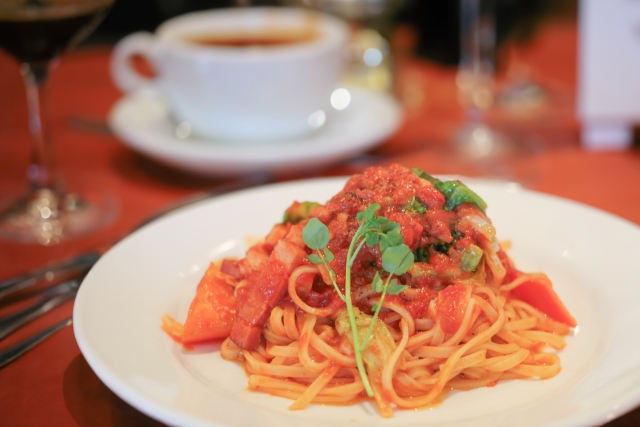
![[Delicious food] Solving nursing home management issues with freezing and cooling technology](https://shunkashutou.com/wp-content/uploads/2016/05/7cabe275da8be8736f4496b952bde332.jpg)
![[A must-see for restaurants that serve rice] What is rapid freezing that can preserve rice for a long time?](https://shunkashutou.com/wp-content/uploads/2021/02/rice.jpg)
![[Commercial use] Thoroughly investigate the cause of frost forming in the freezer! How to prevent frost formation?](https://shunkashutou.com/wp-content/uploads/2016/06/09c17e4deeb1ac0cdc5a513eaf89ab1a.jpg)
![[Rapid defrosting or slow defrosting] Unsure of which method? Read the complete guide on how to defrost](https://shunkashutou.com/wp-content/uploads/2024/04/ec8d0eb82bcecb5525574a8f72183a97.jpg)
